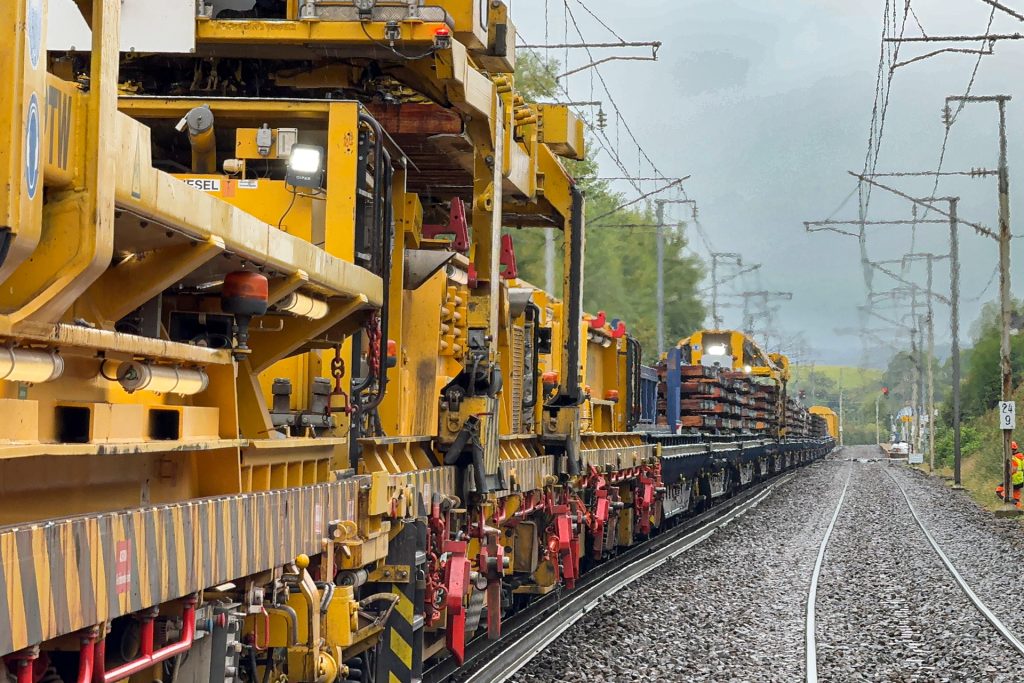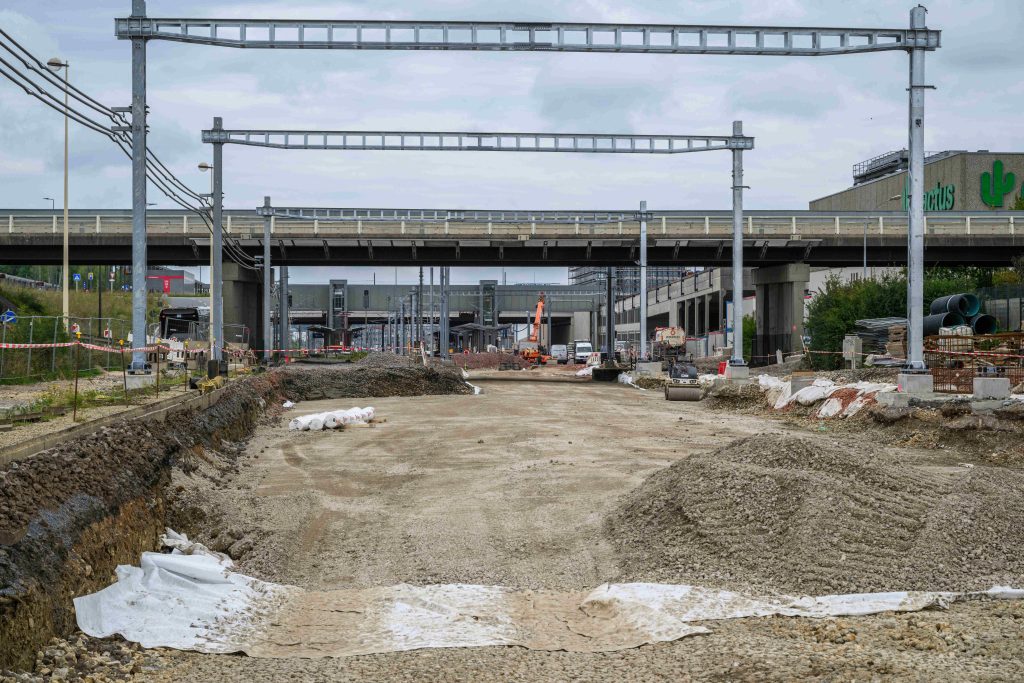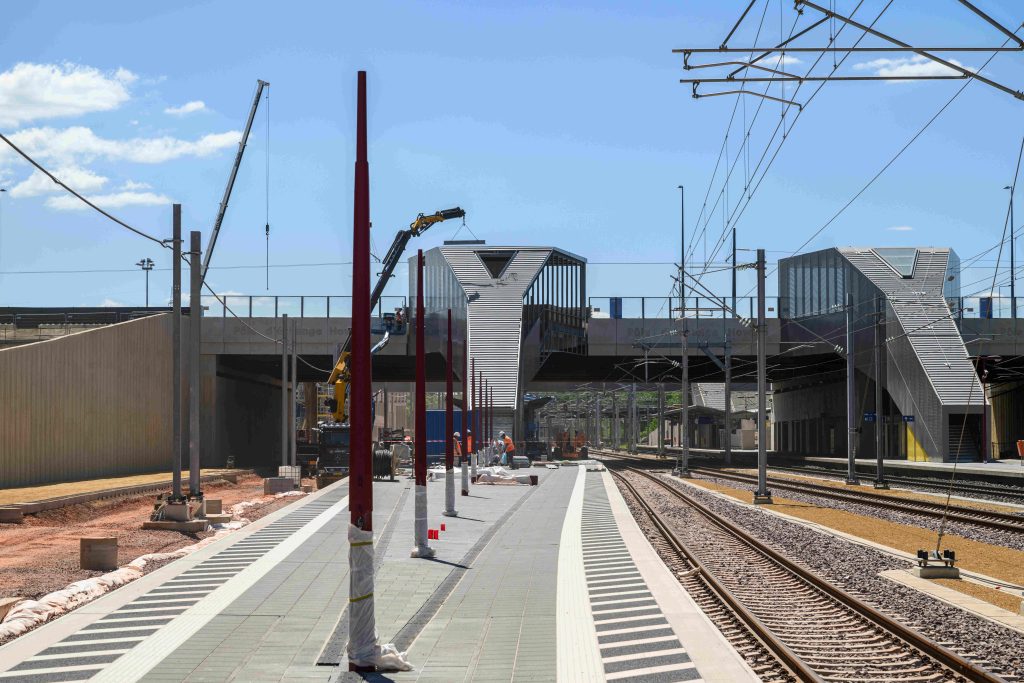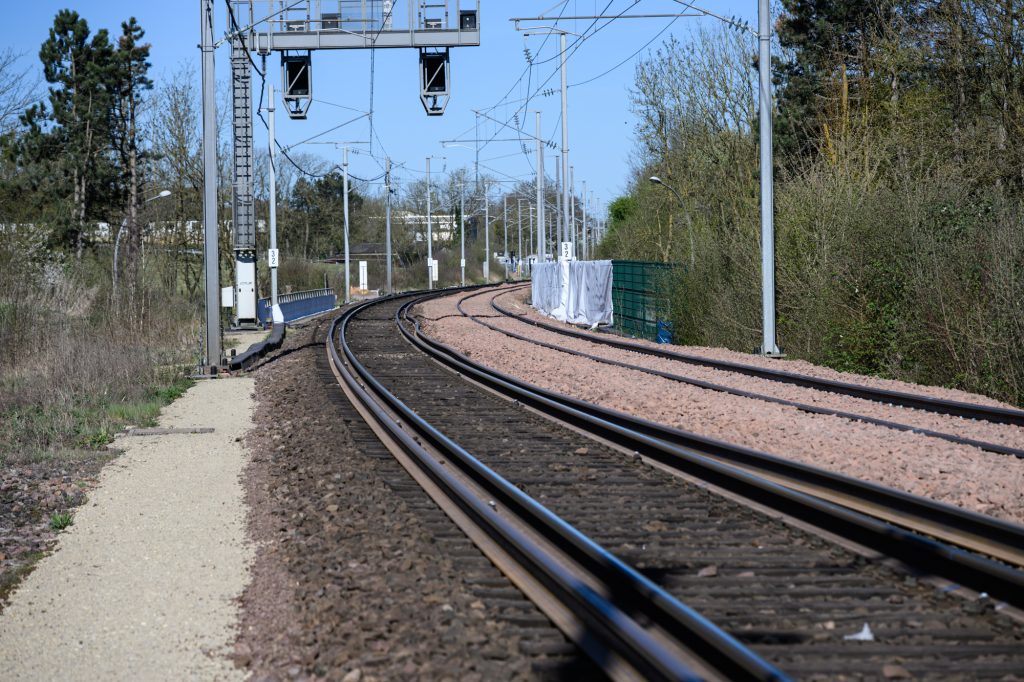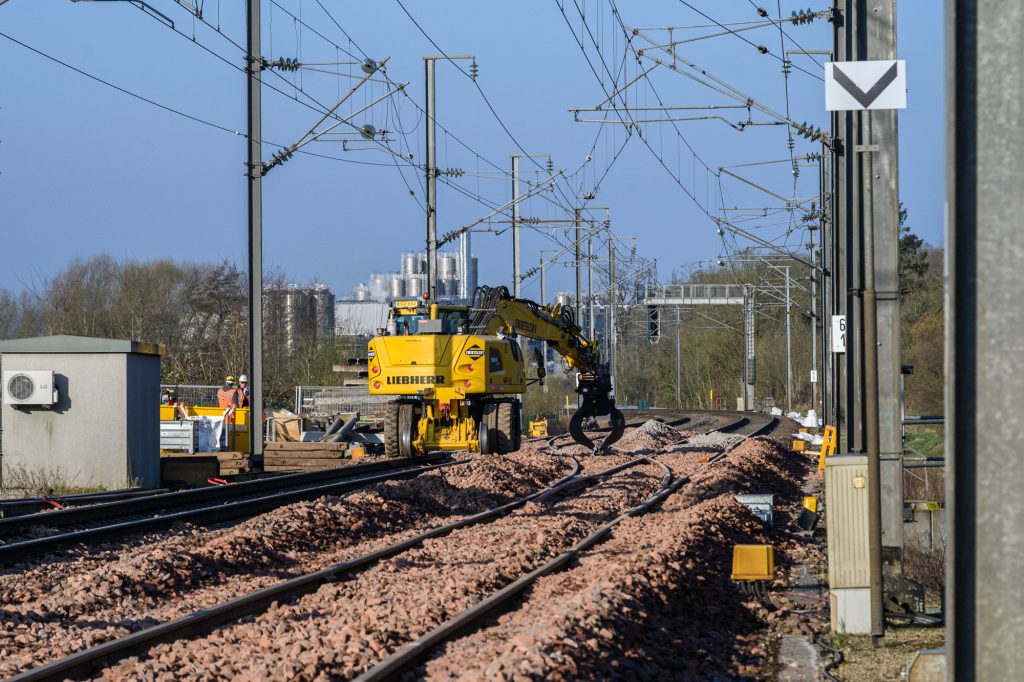
Howald: a multimodal hub in transition

Mobility history is currently being written in Howald, or rather at the Howald stop. The transformation into a genuine multimodal hub is visible to the naked eye. Since December 2017, the current Howald stop has been available to customers. Since then, many customers who work in the Ban de Gasperich or Cloche d’Or neighbourhoods have benefited from a station in the immediate vicinity of their workplace.
But there is more to the multimodal hub than just a “simple railway station”. You can find out exactly what is happening in this photo story (please click on the images).
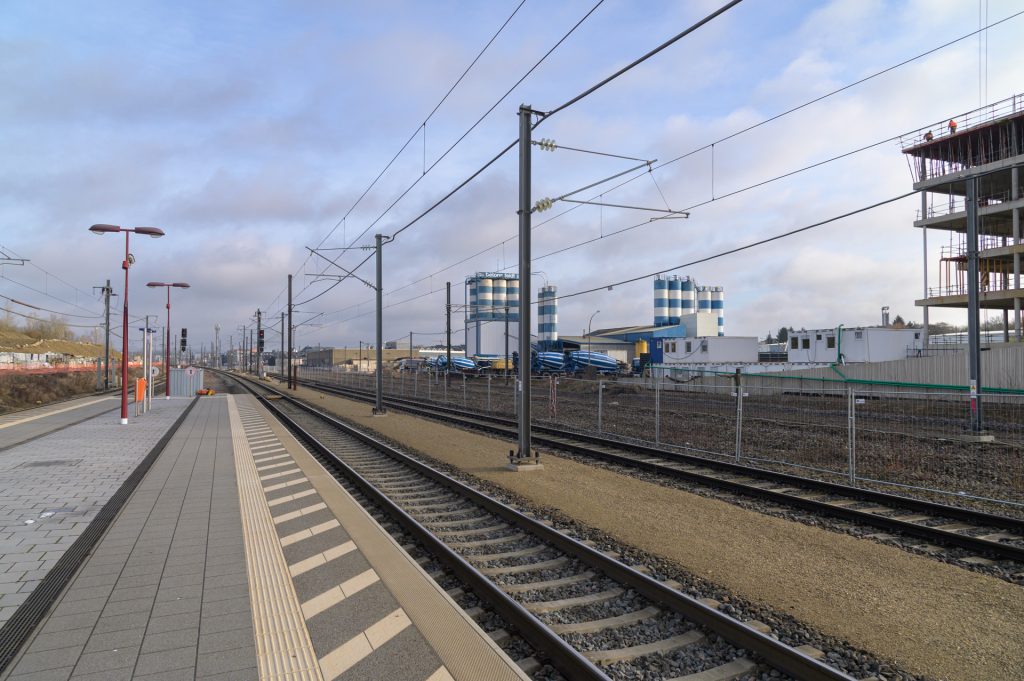

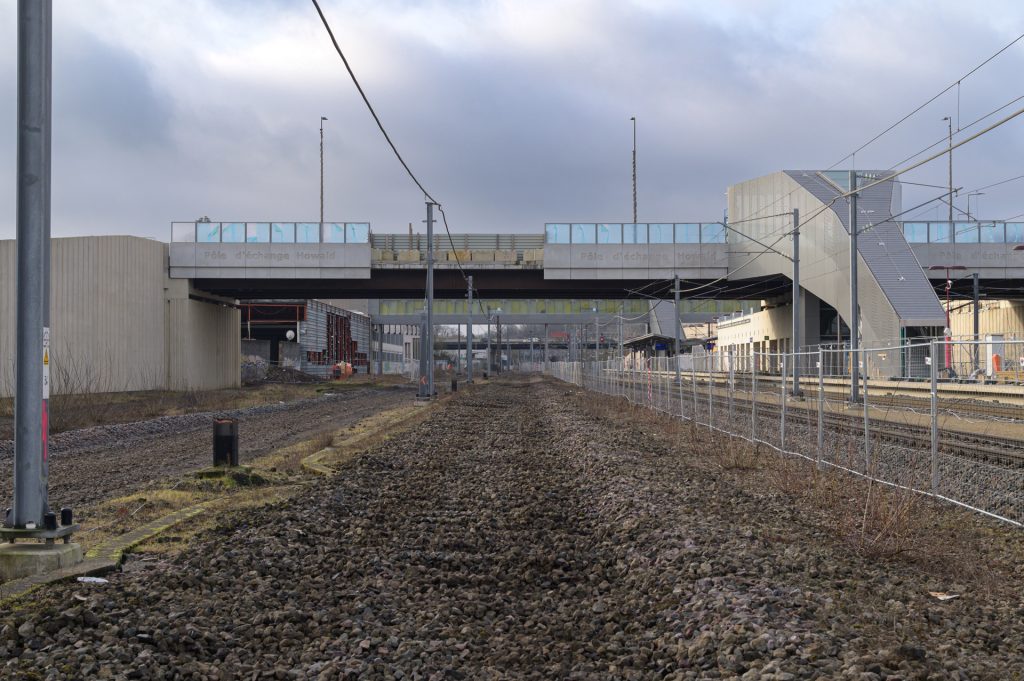

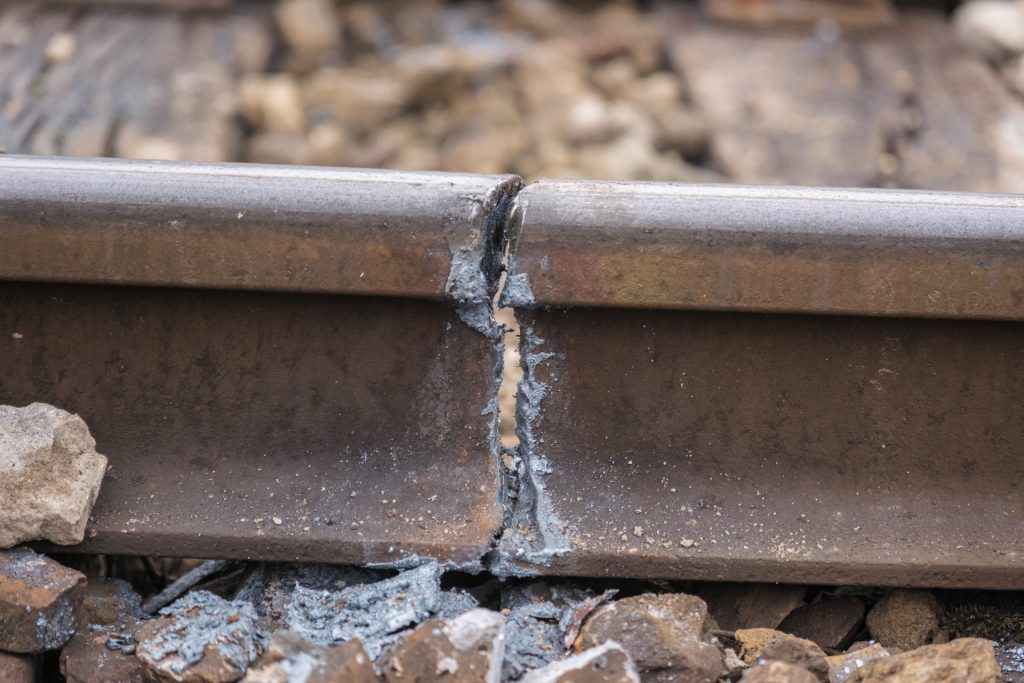
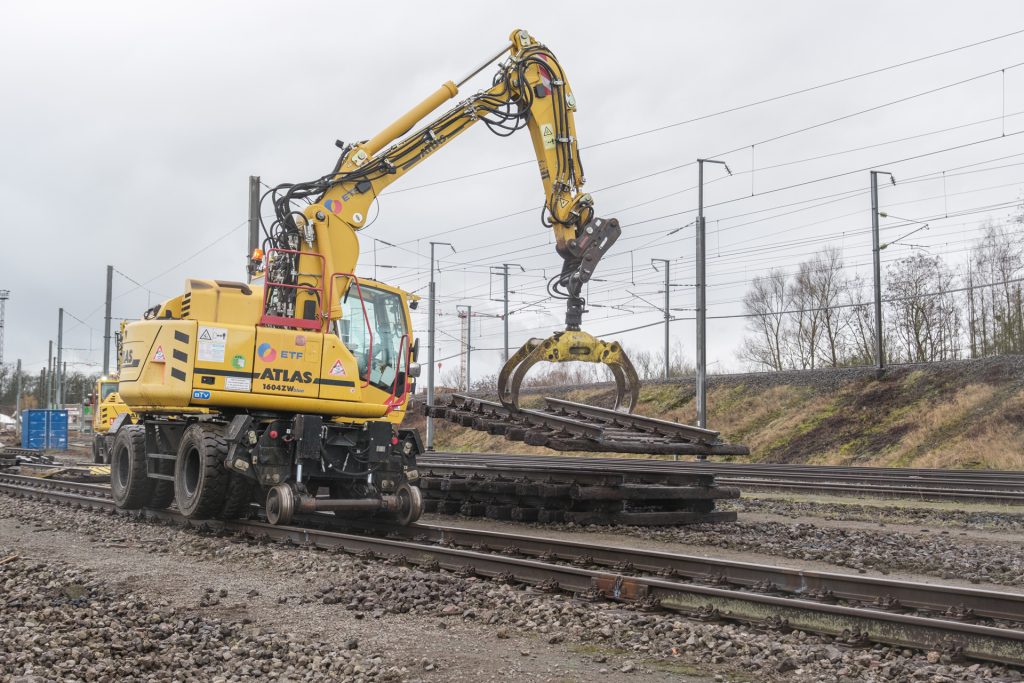
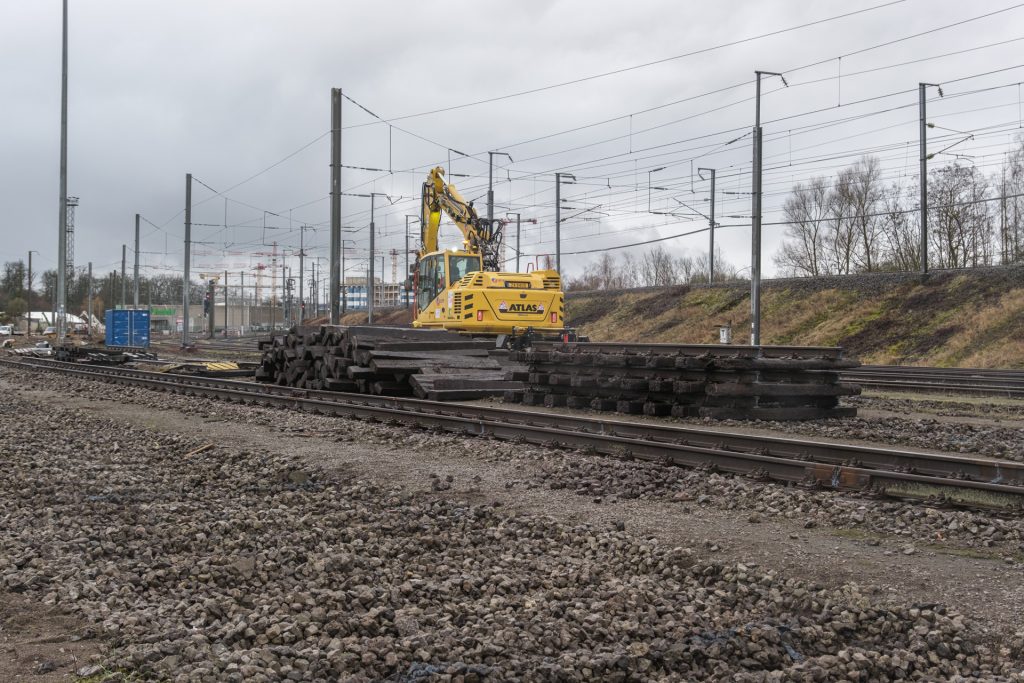
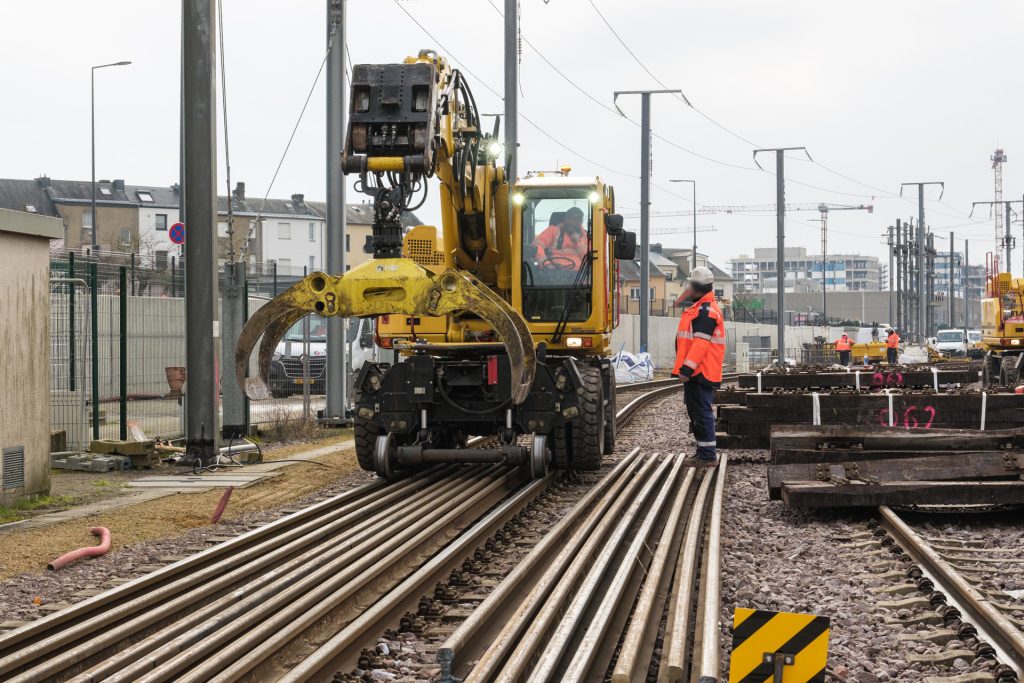


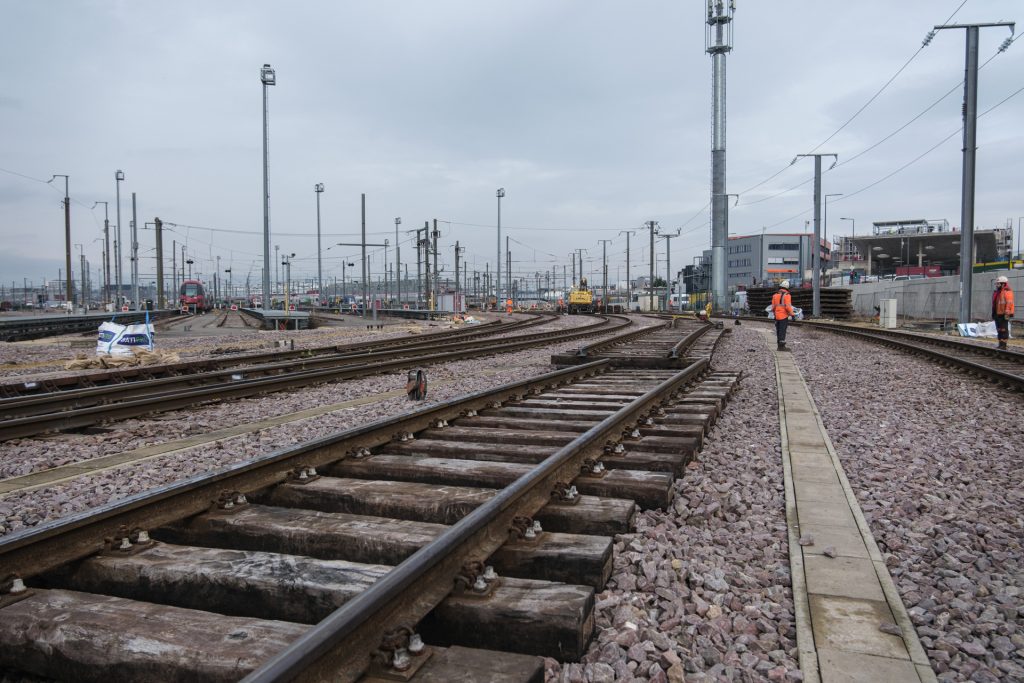
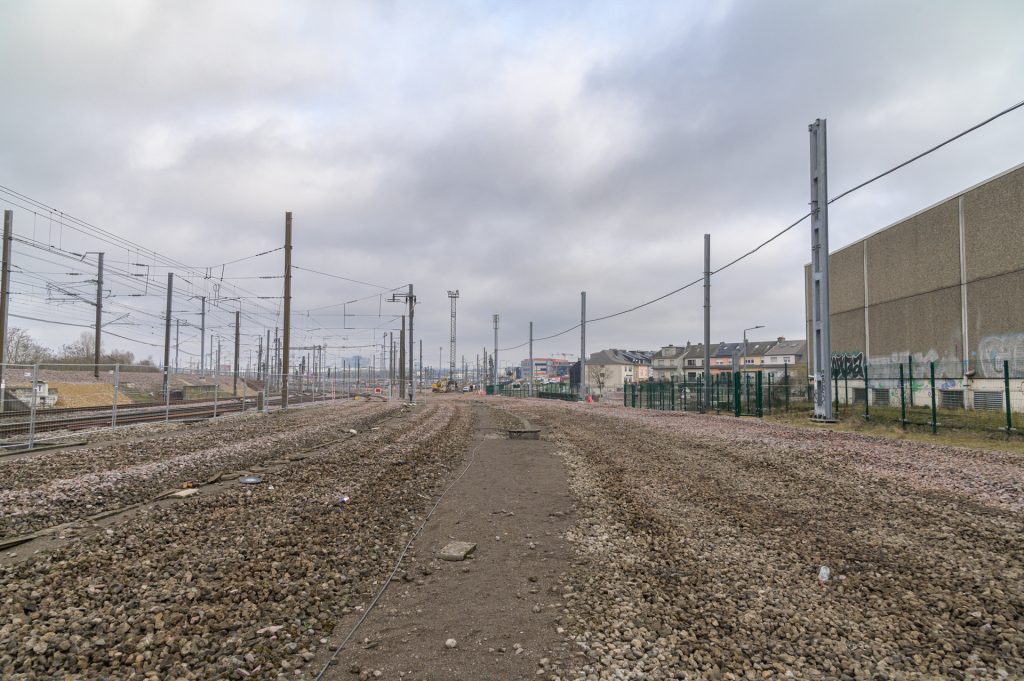

The transformation of the Howald multimodal hub: a transformation in several acts
At the end of 2017, a first platform with two platform-connected tracks was put into operation in Howald (Phase I). In 2024, just a few years later, the construction of a second platform is now planned. The reason for this, as David, deputy project manager of the Howald transfer platform (phase II), explains to us, is the connection to the new line.
Taking separate routes – for more punctuality
Thanks to the second platform, each of the lines between Bettembourg and Luxembourg, both the existing one and the one currently under construction, will have separate platforms and tracks, from Bettembourg via Howald to Luxembourg City. This is an important element in improving punctuality, as trains travelling on physically separate routes cannot adversely affect each other (e.g. by causing delays).
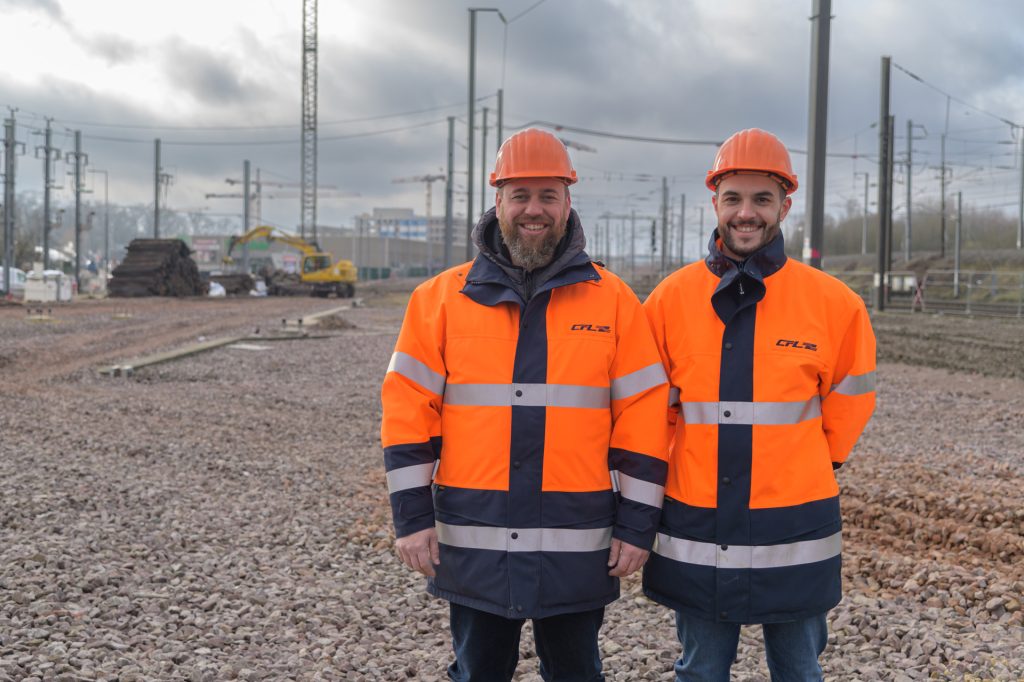
Everything has to go – or how to make six kilometres of track disappear in just under a week
So that the second platform can be built, everything has to go in Howald. That sounds radical, but it is. No fewer than three tracks have disappeared next to the existing platform. Only the imprints of the sleepers over which thousands and thousands of trains have travelled are still visible. However, as Louis, project manager at the CFL, explains to us, this extensive work, in the truest sense of the word, is not only taking place in the area of the future platform.
The entire area from Howald to the shunting yard and the siding area is also being remodelled. Extensive work that requires the removal of no less than six kilometres of track.
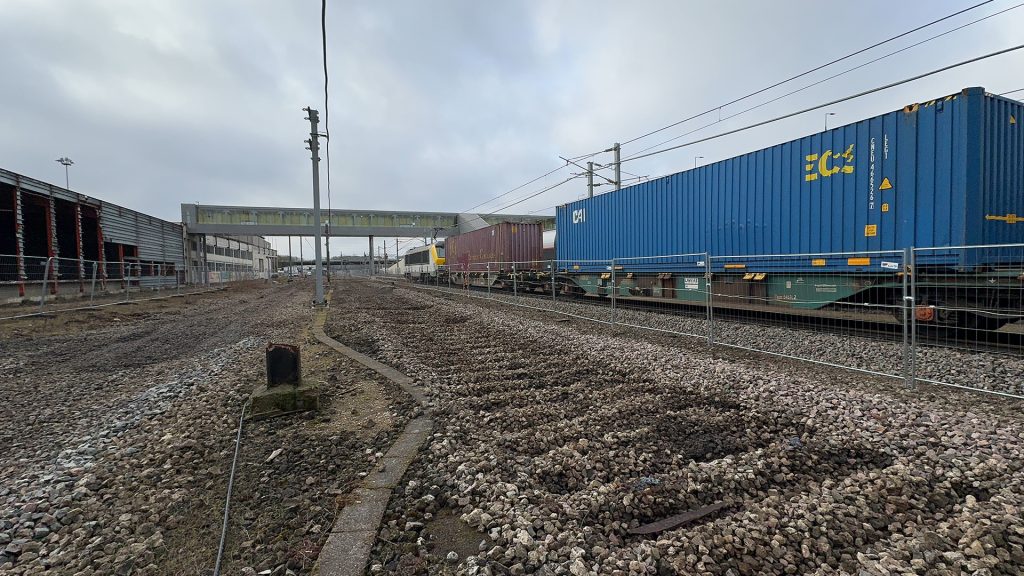

After dismantling the tracks and removing the overhead lines with their masts, all that remains is the old ballast. This will now be removed and reused in road construction.
Important foundation work: preparing the track bed
Once the ballast has been removed, the foundations of the track, over which trains weighing several hundred tonnes will later travel, can be overhauled. This is because the former wooden sleepers are being replaced by more durable concrete sleepers to extend the maintenance intervals of the rail infrastructure. Although they last longer, they are four times heavier (a concrete sleeper weighs 320 kilograms). Additional micropiles provide the necessary soil compaction and stability in areas subject to high static loads, e.g. at the points above where the new platform will later be built or below the future lift shafts.
Afterwards: new tracks for Howald and the surrounding area
Once the platform work has been completed, the actual track construction can begin. The first tracks will be laid on the new platform from May 2024, which will later also be available to customers via the second platform. We will continue to keep you up to date on the progress of the work on this blog in the future.
